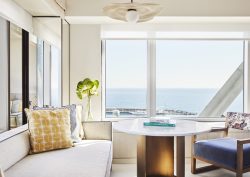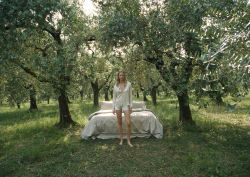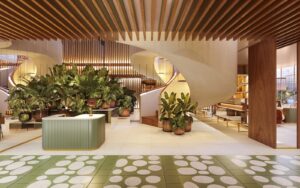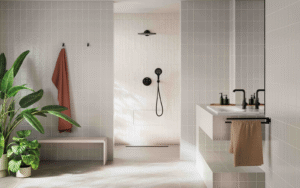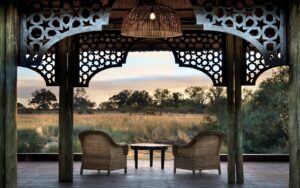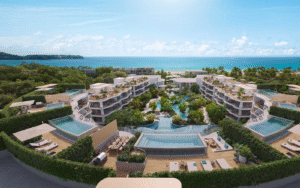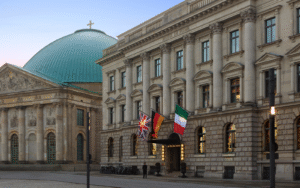Join Hotel Designs as we embark on a global tour with The Leading Hotels of the World, diving into the luxuriant pages of its latest book launch to discover some exquisitely designed cultural gems…
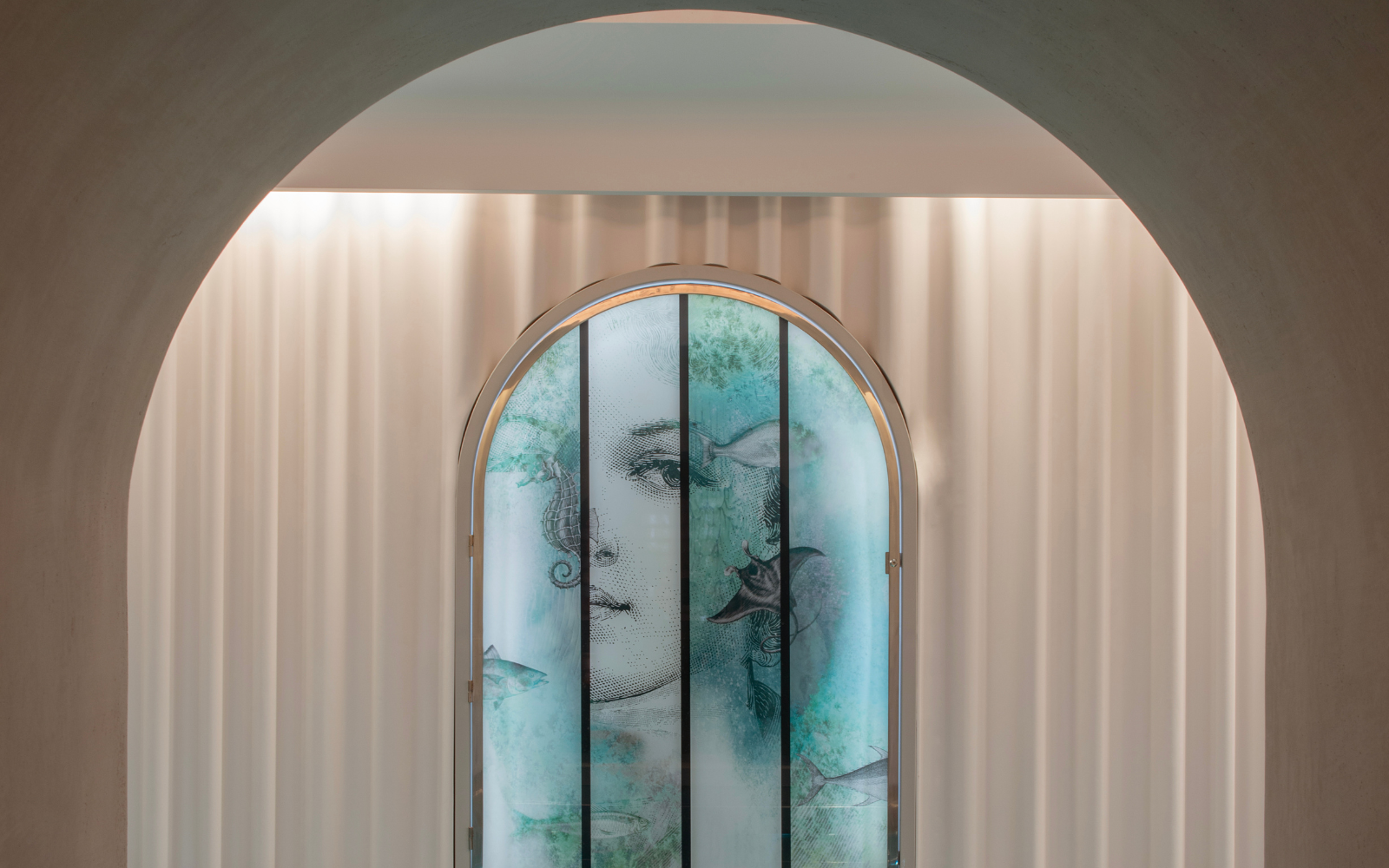
For nearly a century, The Leading Hotels of the World has championed the finest independently run luxury hotels across the globe. Following the success of its debut book Design in 2024, the group returns this June with Culture – a visually rich and thoughtfully curated second volume.
Featuring more than 80 extraordinary properties where architecture meets artistry and tradition, Culture brings together vivid photography, insightful essays, and stories told by hoteliers, creatives, and cultural custodians. In this feature, Hotel Designs handpicks standout destinations from the collection – each a design-driven celebration of place, purpose and personality…
Capella Ubud | Bali, Indonesia
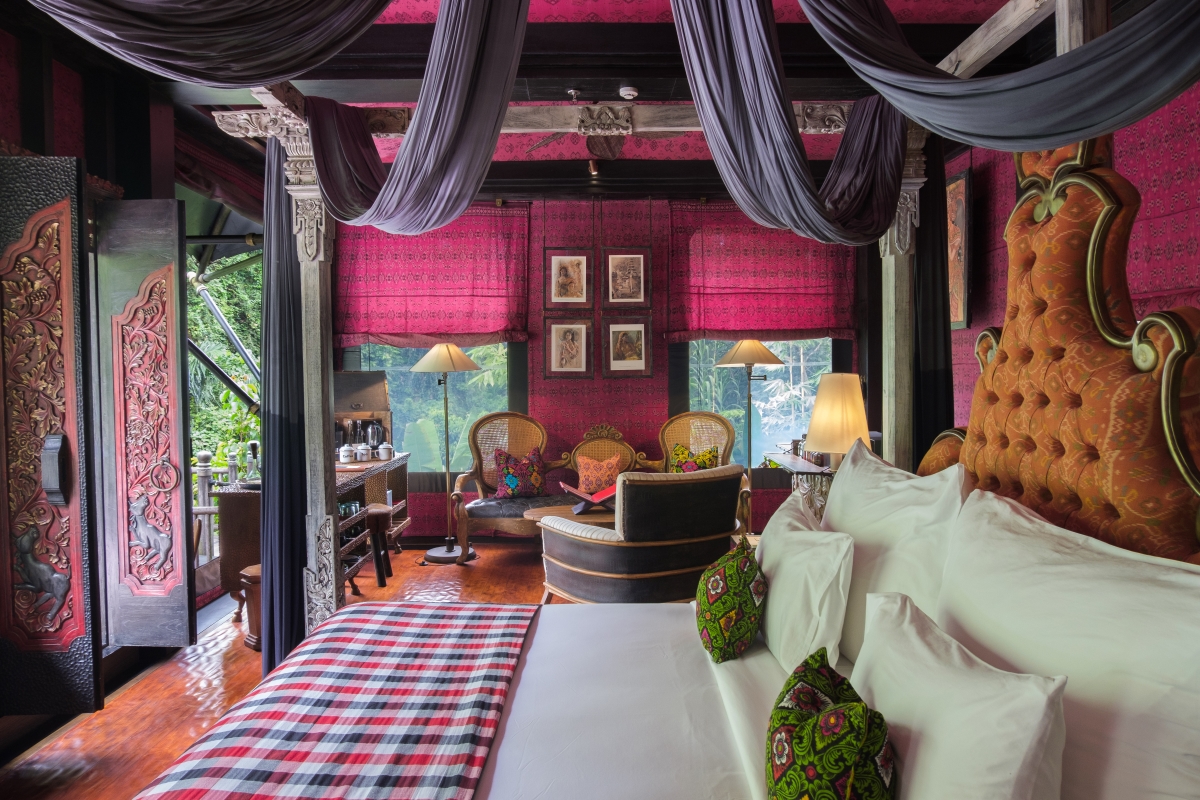
Image credit: Leading Hotels of the World
Perched amid Ubud’s lush rainforest and sloping rice terraces, Capella Ubud is a masterclass in immersive, site-sensitive design. Conceived by visionary designer Bill Bensley, the tented camp draws on the aesthetics of 19th-century European explorers, blending colonial-inspired décor with Balinese craftsmanship.
Each of the 22 tents and the two-bedroom lodge is uniquely themed and filled with antique pieces and artisanal details. Bensley’s design honours the land – no trees were felled during construction – using suspension bridges, open-air decks, and traditional materials to integrate seamlessly with the surroundings, capturing the essence of jungle living with imagination, respect, and refined eccentricity.
Çirağan Palace Kempinski Istanbul | Istanbul, Türkiye
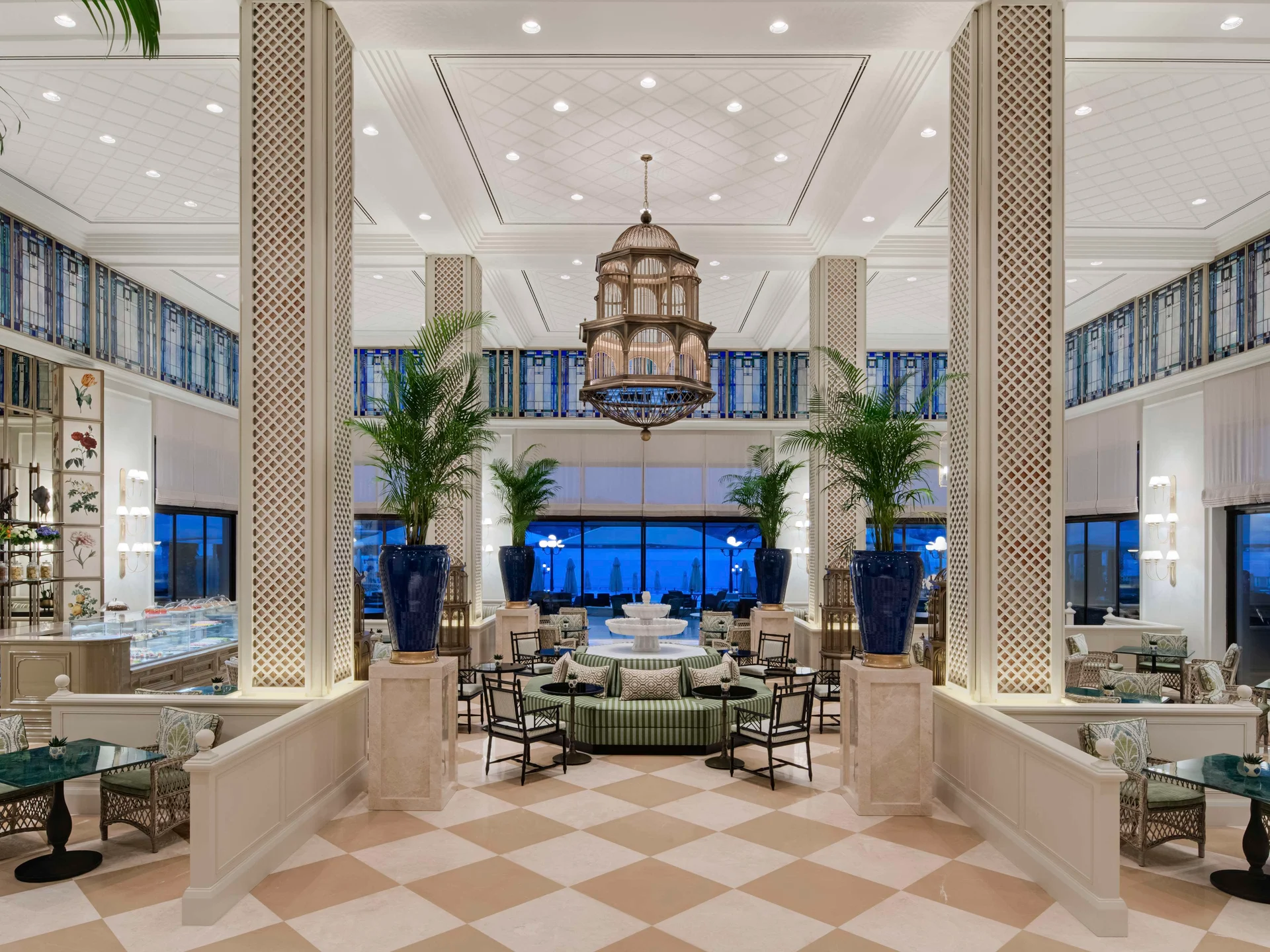
Image credit: Çirağan Palace Kempinski Istanbul
Overlooking the Bosphorus, Çirağan Palace Kempinski Istanbul has entered a new era, blending Ottoman grandeur with modern sophistication. Guided by Ottoman art expert Serdar Gülgün and Toner Architects, the redesign pays homage to the palace’s rich history with domed ceilings, Iznik ceramics, and bespoke furnishings. Guest rooms and suites feature Çintemani and tulip motifs, mother-of-pearl accents, and luxurious marble Turkish baths, fusing traditional elegance with contemporary comfort.
The Royal Ottoman Suite, inspired by the colours and flow of the Bosphorus, showcases bronze beds, moiré wallpaper, and private hammams. Public spaces echo imperial design, from octagonal seating in the lobby to lush gardens shaped by historic Ottoman layouts. Dining is elevated with two new restaurants, offering Turkish-Mediterranean cuisine amid theatrical interiors and serene views.
Chablé Yucata | Chocholá, Mexico
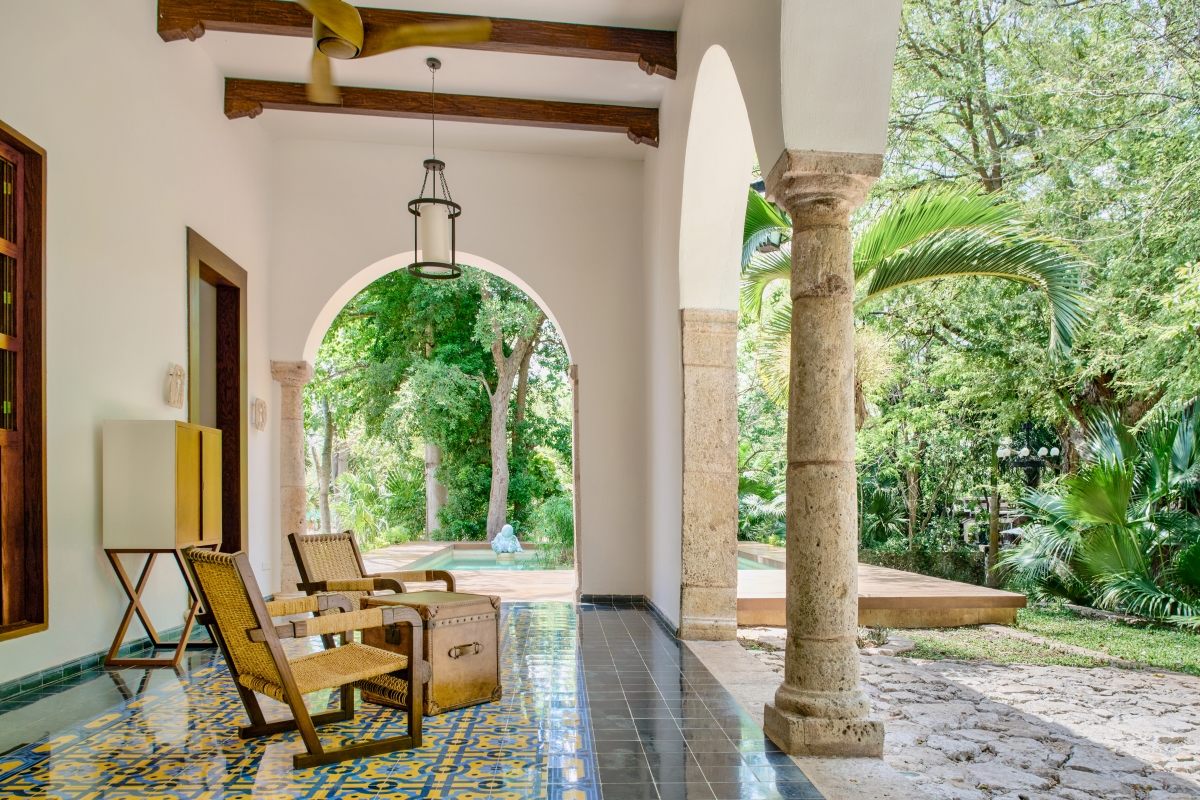
Image credits: Leading Hotels of the World
Set within a restored 19th-century hacienda near Mérida, Chablé Yucatán bridges past and present through thoughtful, place-driven design. Architect Jorge Borja’s casitas and villas echo Mayan forms – stepped geometry, open layouts – framed in native woods like ceiba and parota.
Interior designer Paulina Moran infuses each space with restrained elegance, layering cultural nuance over contemporary comfort. The architecture flows seamlessly into its surroundings, with a sacred cenote and jungle paths integrated by landscape architect Pedro Pablo Velasco. At the heart lies a spa built around the cenote, merging traditional Mayan healing with modern wellness. Chablé’s design is a meditation on heritage, nature, and quiet luxury.
Hotel La Perla | Corvara, Italy

Image credit: Hotel La Perla
At Hotel La Perla in Corvara, luxury takes a back seat to meaning. Instead of spa offers, the in-room TV shares family memories narrated by co-founder Ernesto Costa – a cinematic welcome into a hotel rooted in intimacy, culture, and ethical design.
Run by the Costa family since 1956 and now led by brothers Michil and Mathias, La Perla champions local heritage over global gloss. From reclaimed wood and alpine fabrics to Ladin-language service and regionally sourced food and wine, every detail honours the Dolomites and Ladin identity.
Rejecting generic luxury, La Perla is part of the Economy for the Common Good, prioritizing community and ecology over profit. The result is a hotel that feels more like a cultural home – where design is not about flash, but about place, people, and purpose. Staying here isn’t just travel; it’s an act of participation in a living story.
Hôtel Swexan | Dallas, Texas
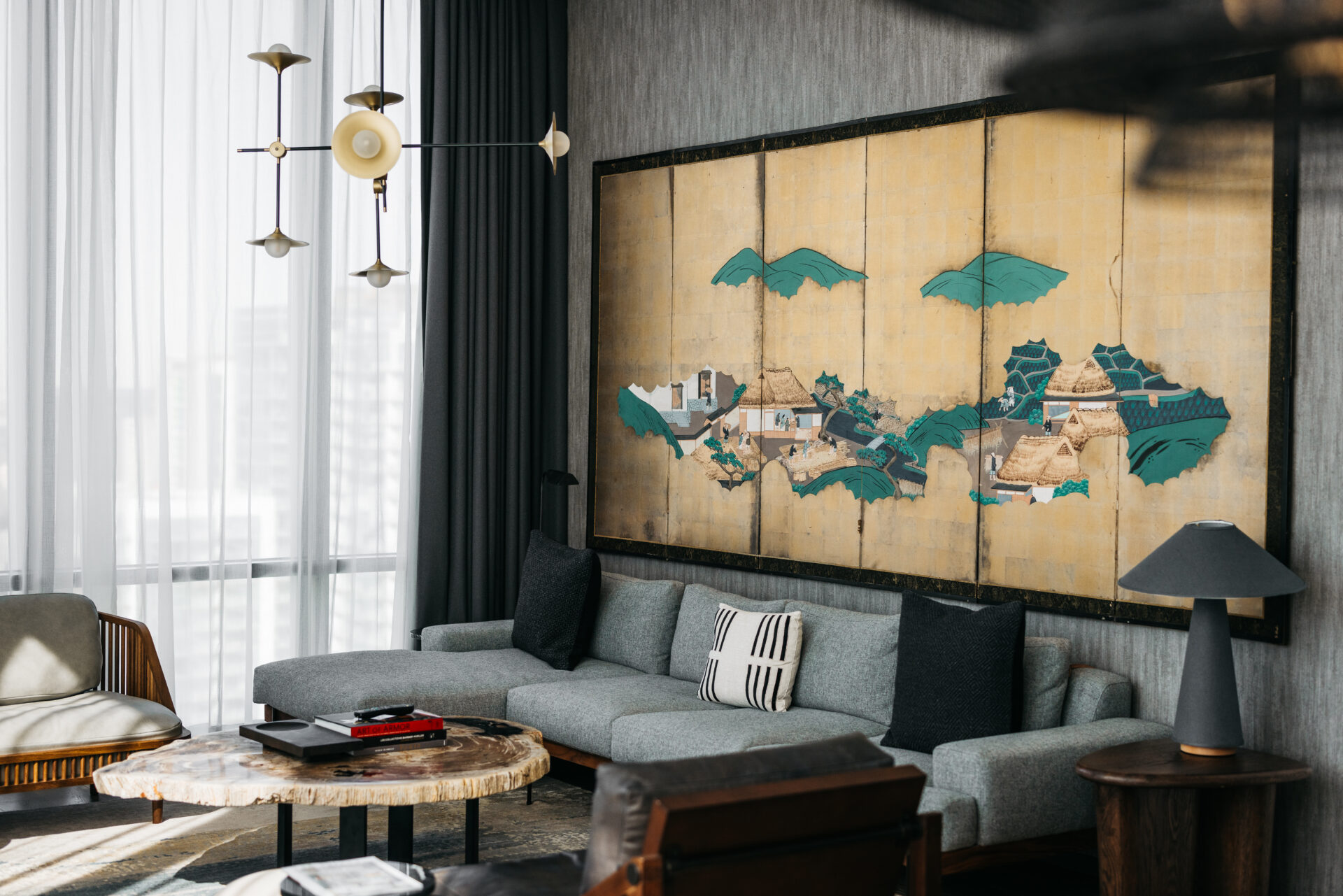
Image credit: Hôtel Swexan
In Dallas’s Harwood District, Hôtel Swexan is a layered design narrative wrapped in a reflective façade by Japanese architect Kengo Kuma. The 22-story structure mirrors its skyline and surroundings, embodying Kuma’s belief in architecture as dialogue.
Inside, Harwood International’s design team draws from European capitals – Parisian glamour, London’s clubby intimacy, and Mediterranean ease – rendered through rich textures, moody palettes, and sculptural furnishings.
Swexan, short for Swiss and Texan, nods to the bicultural roots of the hotel’s founding family. It is a space where global aesthetics meet local warmth, and where design doesn’t merely decorate – it shapes mood, memory, and meaning.
Le Negresco | Nice, France
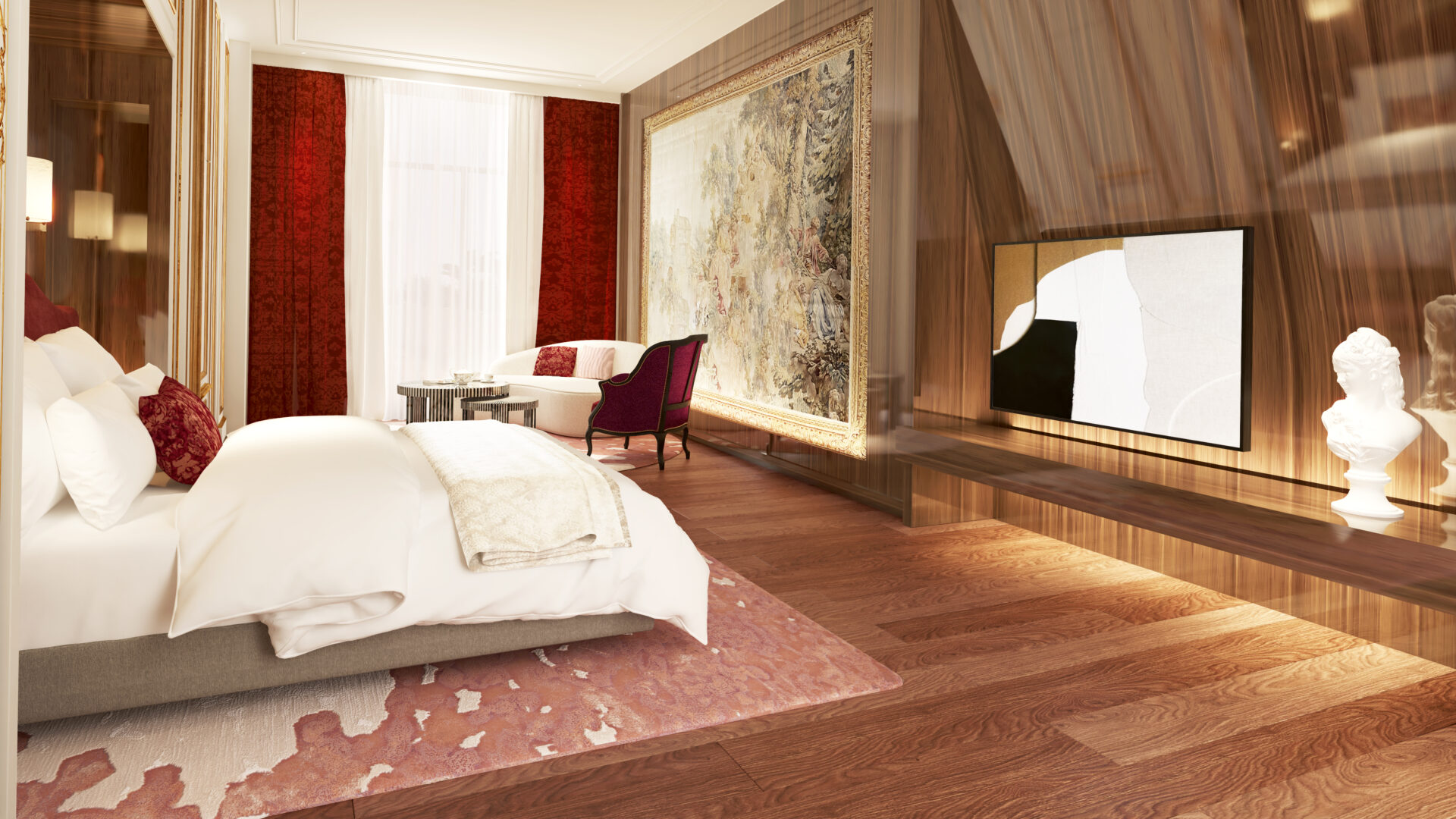
Image credit: Studio Jean Philippe Nuel
Le Negresco is a Riviera icon that blends Belle Époque grandeur with bold artistic flair. Opened in 1913 and transformed by visionary owner Jeanne Augier, the hotel is home to over 6,000 artworks – from Louis XIII portraits to avant-garde sculptures – curated into a vibrant ‘hotel d’art’.
Each of its 128 rooms is uniquely styled, some with classical elegance, others with contemporary edge, all offering sweeping views of the Baie des Anges. Michelin-starred dining, a carousel-inspired brasserie, and the opulent N Le Spa – designed by Jean-Philippe Nuel, in collaboration with Patrick Saussay – add layers of luxury.
Committed to sustainability and accessible design, Le Negresco remains a symbol of French heritage, individuality, and timeless Riviera glamour. A true cultural landmark, redefined for today.
Le Sirenuse | Positano, Italy
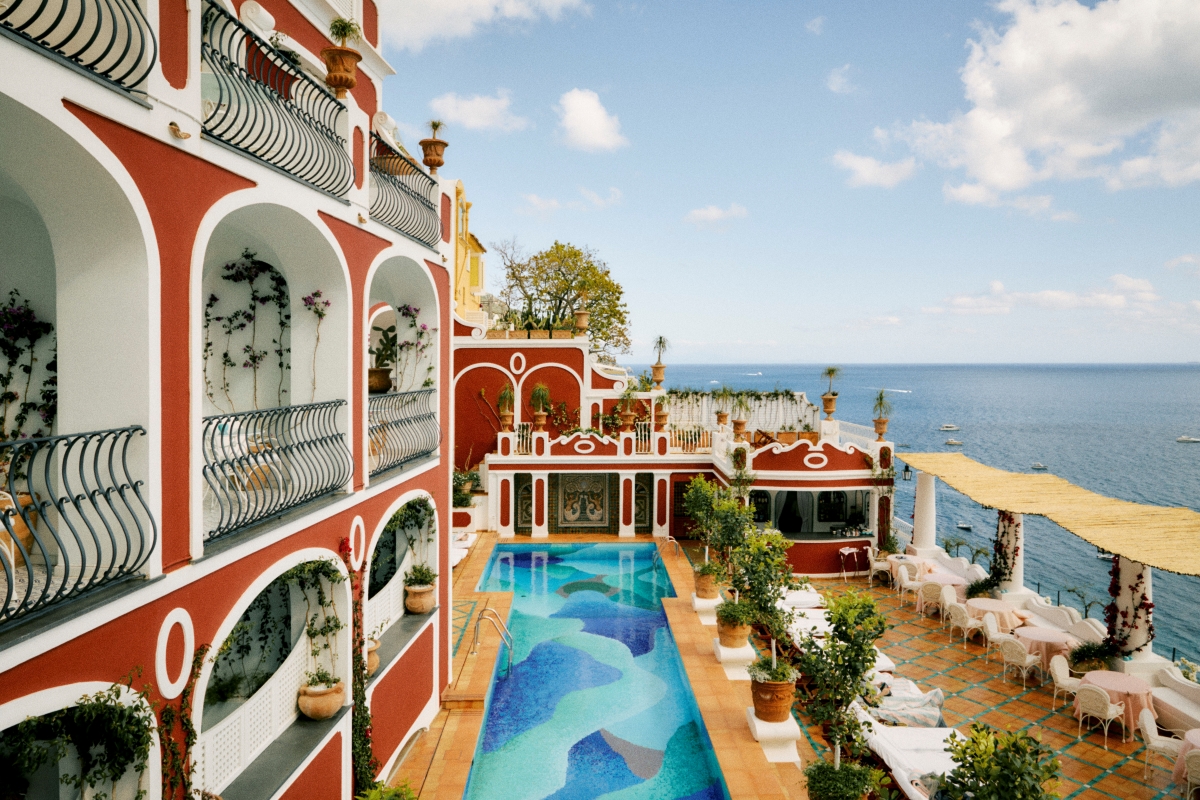
Image credit: Leading Hotels of the World
Le Sirenuse in Positano is more than a hotel – it is a lived-in work of art. Still run by the Sersale family since opening in 1951, the villa-turned-retreat embodies Mediterranean refinement through a collector’s eye.
Behind its bougainvillea-covered façade, vaulted ceilings meet hand-painted tiles, Neapolitan antiques, and contemporary art curated by Antonio Sersale, fill the hotel’s halls and rooms. Design here isn’t static – it evolves, from Swiss artist Nicolas Party’s mosaic pool to the ever-changing displays in its in-house boutique and journal.
Each suite is distinct, bathed in Amalfi light, layered with vintage maps, bold art, and custom lighting. Le Sirenuse is a blur of home, gallery, and escape.
Royal Mansour Marrakech | Marrakech, Morocco
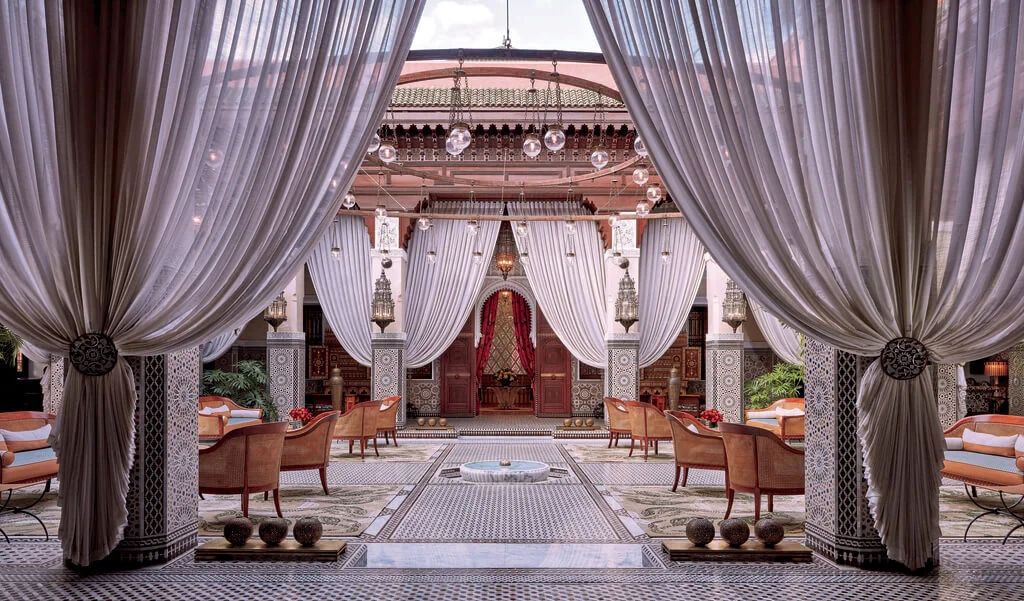
Image credit: Royal Mansour Collection
Royal Mansour Marrakech, designed by OBMI for King Mohammed VI as part of the Royal Mansour hotel collection, redefines hotel architecture as a cultural statement. Eschewing conventional layouts, the design weaves 53 private riads into a medina-like layout – a quiet choreography of fountains, terracotta paths, and intimate courtyards.
OBMI’s deep research into Moroccan craft traditions informed every gesture, from cedarwood carvings to retractable glass roofs that merge climate control with architectural authenticity. Over 2,000 artisans were enlisted, not simply as contractors but as co-creators, embedding the nation’s material and spiritual heritage into every detail.
Invisible service corridors below ensure discretion above, allowing luxury to feel effortless and grounded in place. The result is a hotel that doesn’t just reflect Morocco, it interprets it with reverence and design precision.
The Georgian | Santa Monica, California
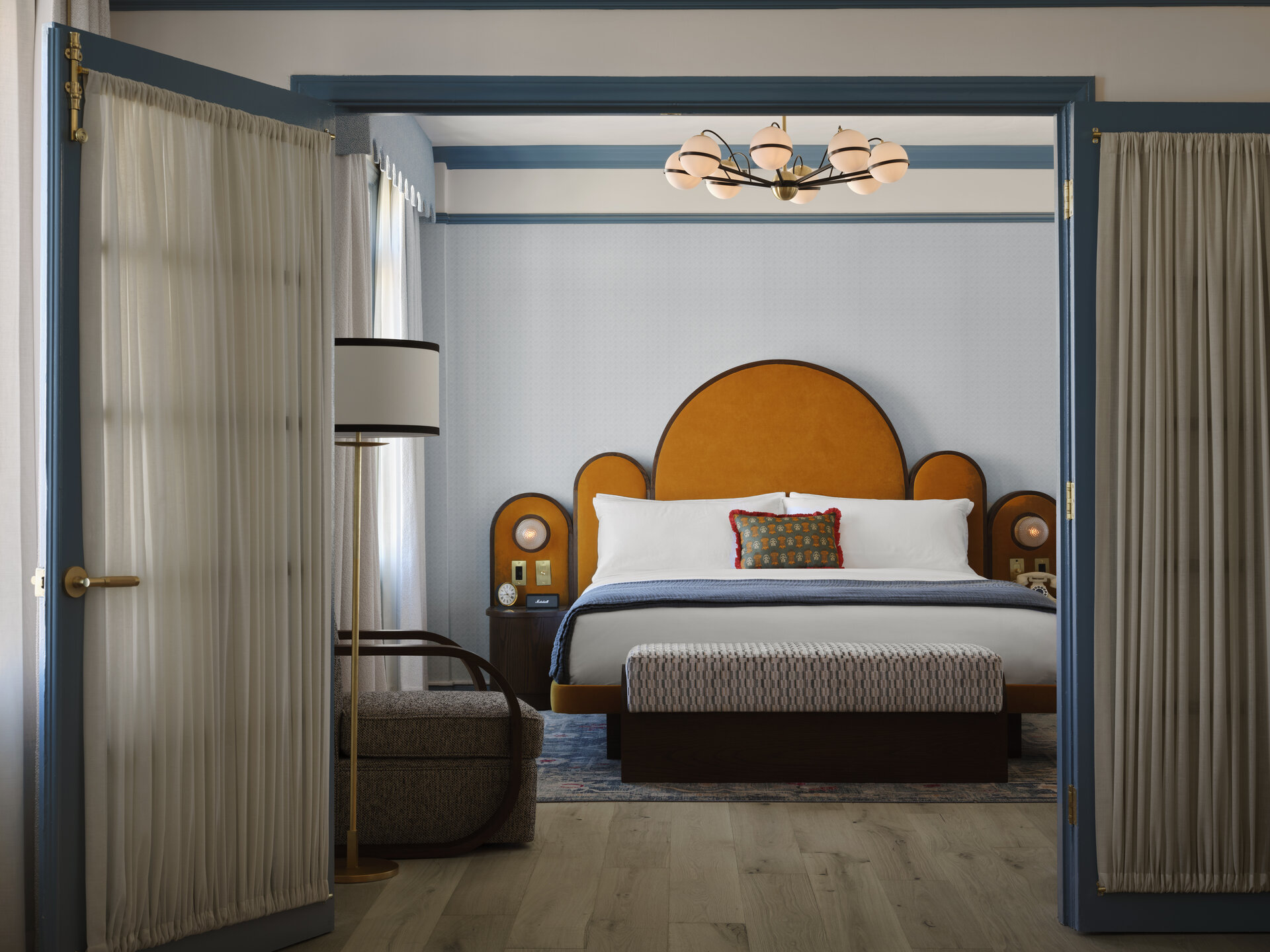
Image credit: The Georgian
The Georgian in Santa Monica is a richly detailed expression of coastal Art Deco, reimagined in recent years by design studio Fettle, with a strong sense of place and history. Drawing from the building’s 1930s origins, Fettle has layered bold colour palettes, sculptural forms, and custom detailing to evoke the glamour of early Hollywood.
The 84 rooms – including 28 suites – feature curved headboards, bespoke furnishings, and eclectic artworks, while suites are anchored by dramatic mirrored minibars with brass accents and playful, tactile controls. Throughout, Fettle’s design balances drama with intimacy, honouring the building’s storied past while creating a warm, contemporary retreat overlooking the Pacific.
Main image and credit: N Le Spa at Le Negresco






